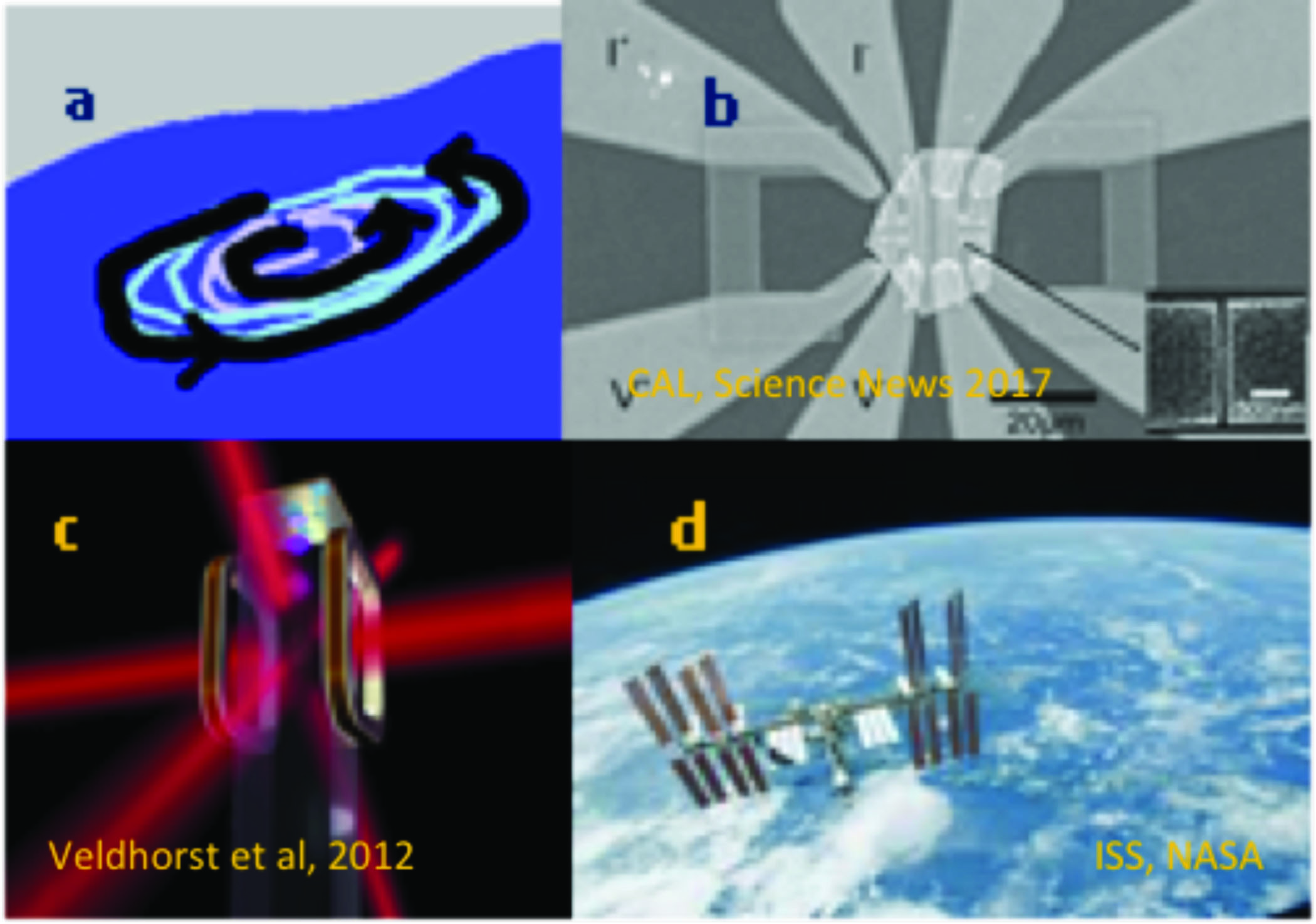Smitha Vishveshwara

Quantum Pancake Vortices on Earth and Beyond
This project explores vortices—swirling currents—on the surfaces of quantum fluids in two contexts brought together by a common theoretical framework. In the context of nanoscience, so-called topological materials have recently come to the limelight for their controlled realization in experiments and their potential for quantum computation. A key challenge lies in designing and implementing a topological material-based platform for performing basic quantum bit operations. Quantum vortices in patterned nanoscale architectures composed of topological materials and superconductors offer a prospective realization of such qubits. In collaboration with experimentalists, steps will be taken towards designing and realizing such an architecture and related quantum bit protocols.
Concerning the second context, the past decade has witnessed the spectacular creation of superfluids suspended in near vacuum and their beguiling quantum behavior in the coldest spaces in the universe—in cold atomic laboratories on our own planet, the Earth. The technology developed on Earth is making its way to outer space aboard the International Space Station so as to study superfluids under microgravity conditions. One of the associated experiments will create shell-shaped superfluid structures. This project investigates the manner in which quantum vortices, ubiquitous to superfluids, would emerge and distribute themselves in these shell-shaped structures. The study is of direct relevance to the planned experiments aboard the International Space Station as well as to certain stellar bodies expected to contain superfluid shells, such as neutron stars.
